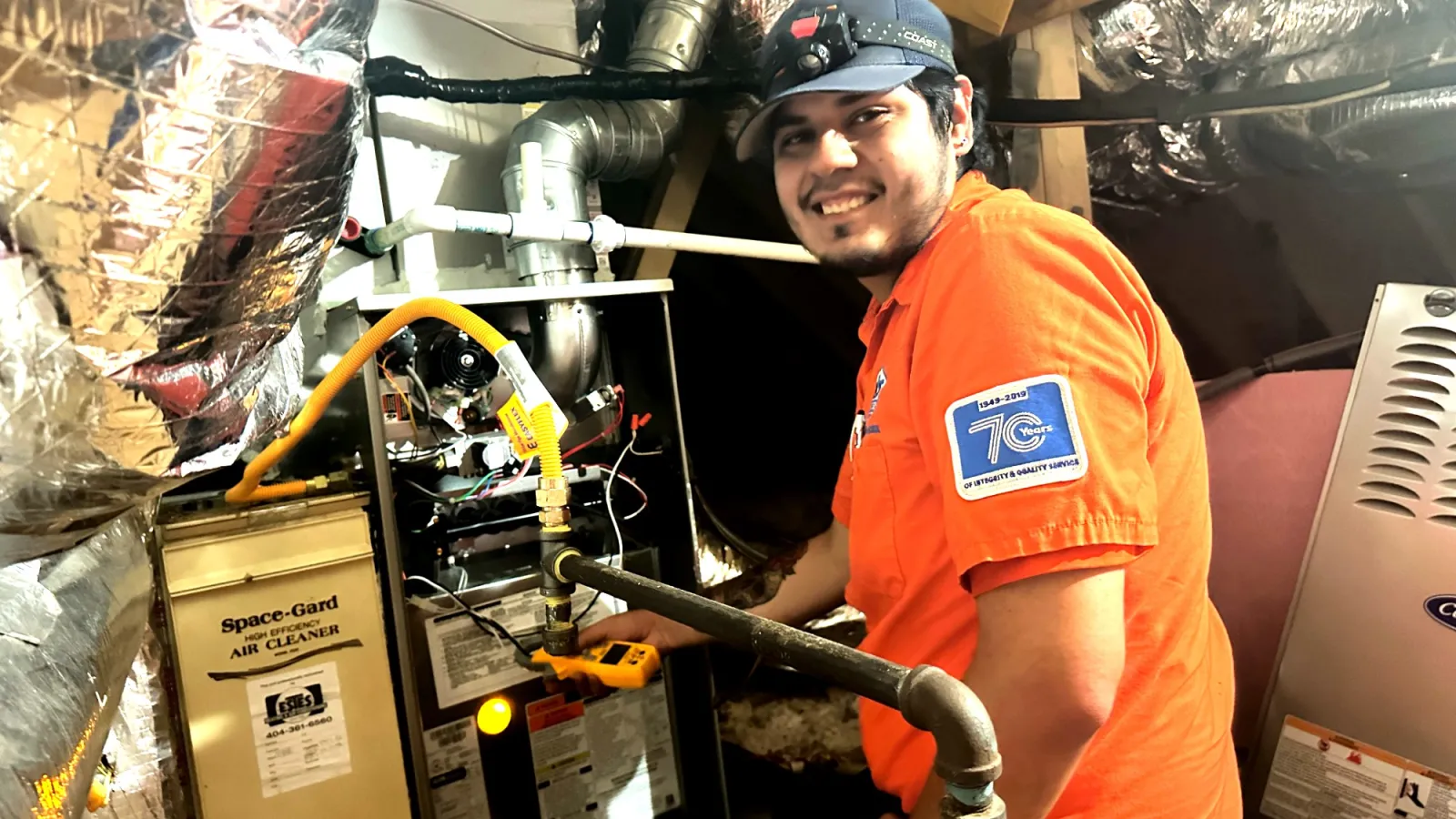HVAC problems aren’t always obvious, nor are they easy to detect. Many heating and cooling issues can exist and persist right under your nose, growing into more serious problems as time passes. To help you detect HVAC problems throughout your home, Estes Services highlights some of the top HVAC red flags you should always be watching for.
Red Flag #1 – Strange Noises
HVAC systems make some minor noise when starting, running, and stopping. Typically, this is just a gentle hum, and a click as the system turns on and off. Anytime you hear new and unusual sounds, these noises can indicate HVAC problems that require attention. Some examples include:
- Buzzing noises can indicate debris blocking airflow in the outdoor unit, or electrical issues with indoor and outdoor system components.
- Squealing can tell you there’s a bad bearing in the blower or condenser fan motor, or a broken belt.
- Screaming is a sign of high pressure in the compressor, which can be dangerous.
Red Flag #2 – Odors
Typically, you shouldn’t smell anything new or different when your heating and cooling system runs. If you do sense an odor that occurs just when your furnace, heat pump, or air conditioner is cycling, this odor is a sign of HVAC problems. Common issues that produce strange smells include:
- Mold growing in the ducts, on the cooling system’s evaporator coils, or within the air conditioner’s drip pan can cause a musty smell throughout the house. These components can be cleaned to remove mold and mildew. Indoor air quality products like UV lights can be added to prevent future growth.
- The odor of rotten eggs in the home is a sign of leaking natural gas. Open windows and doors, leave the home, and call for emergency services. Your fire department can identify a gas leak. If it’s coming from your furnace, do not use the furnace until it has been repaired and cleared by an HVAC professional.
Red Flag #3 – Leaks
Some condensation is produced as part of the cooling process. High-efficiency condensing furnaces also produce condensation through their heating process. Heating and air conditioning systems are equipped with condensate drainage systems to route this moisture out of the system and the home. Leaks occur when there is a clog in the condensate line or damage to parts of the drainage system. Water on the floor near or underneath your HVAC equipment is a sign of HVAC problems that typically trace back to the condensate drain system.
Red Flag #4 – Quick Cycles
Heating and cooling systems cycle a few times per hour depending on current conditions. Each cycle should last around 15 to 20 minutes, though the HVAC unit may run longer cycles if outdoor temperatures are extremely hot or cold. What is not normal is for the cycles to run much shorter than this timeframe.
If your HVAC system cycles less than 10 minutes before the equipment shuts down, this is a sign of HVAC problems. This issue is known as short cycling, which can be damaging to your heating and cooling equipment. Short cycling can be caused by simple problems like a dirty air filter or blocked vents, or more serious issues like low refrigerant.
Contact Estes to Fix Your HVAC Problems in Atlanta
If you experience any of these HVAC warning signs in your Atlanta area home, be sure to call Estes Services right away. These signs warn you of potential HVAC problems that need to be fixed now before further damage is caused to your system.


